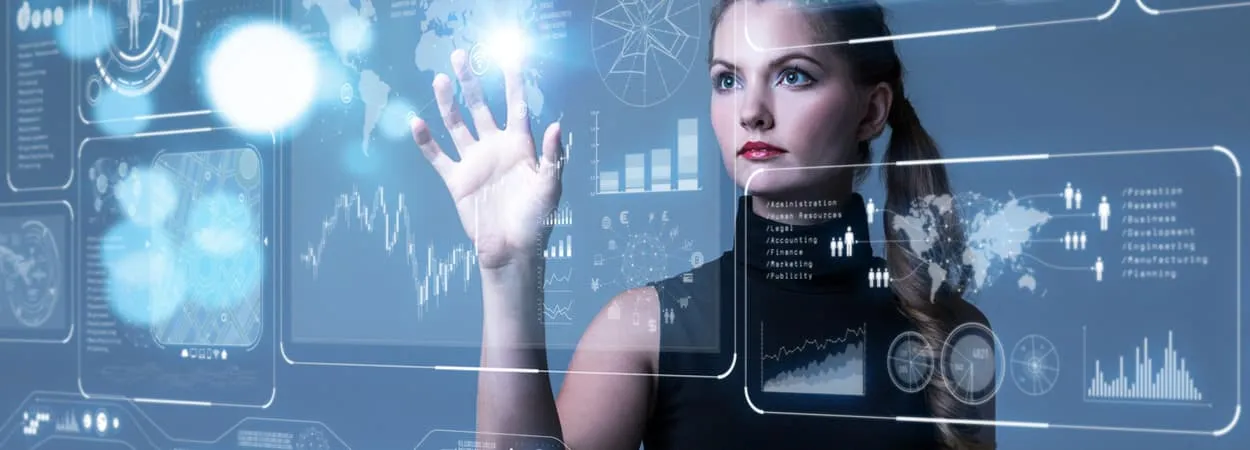
**Human Computer Interaction **
-It is a multidisciplinary field of study focusing on the design of computer technology ,and in particular , the interaction between human and computers . while initially concerned with computers . HCI has since expanded to cover almost all forms of information technology design .
HCI consist of Three main parts:
*The User
*The Computer itself
*The ways they work together.
Brainstorming related to Human Computer Interaction
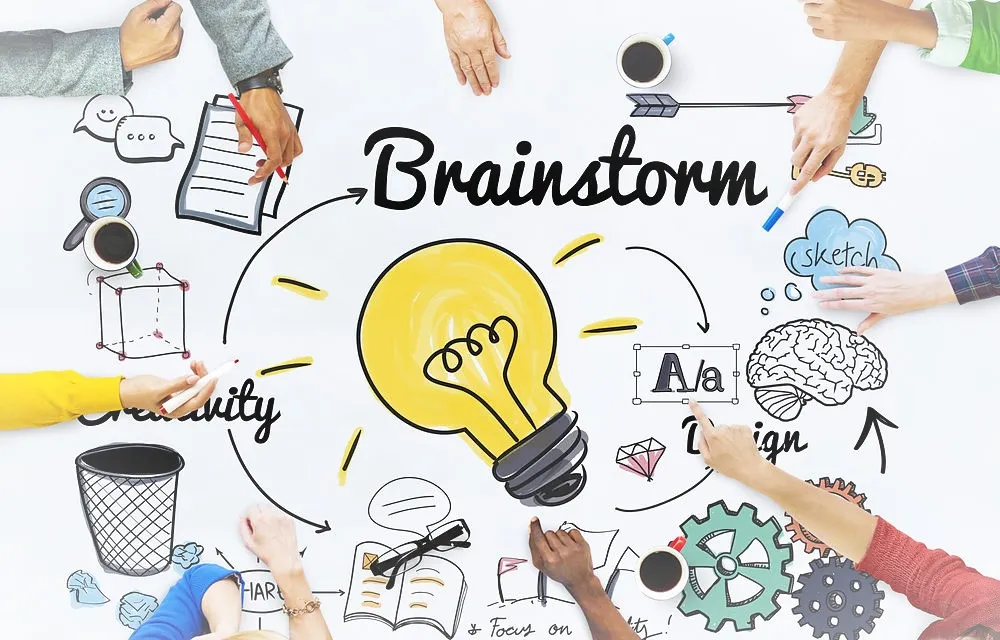
Brainstorming related to Human Computer Interaction
Brainstorming is a method of generating ideas and sharing knowledge to solve a particular commercial or technical problem, in which participants are encouraged to think without interruption. Brainstorming is a group activity where each participant shares their ideas as soon as they come to mind.
Human Computer Interaction researches the design and use of computer technology, focused on the interfaces between people (users) and computers. Researchers in the field of HCI both observe the ways in which humans interact with computers and design technologies that let humans interact with computers in novel ways.
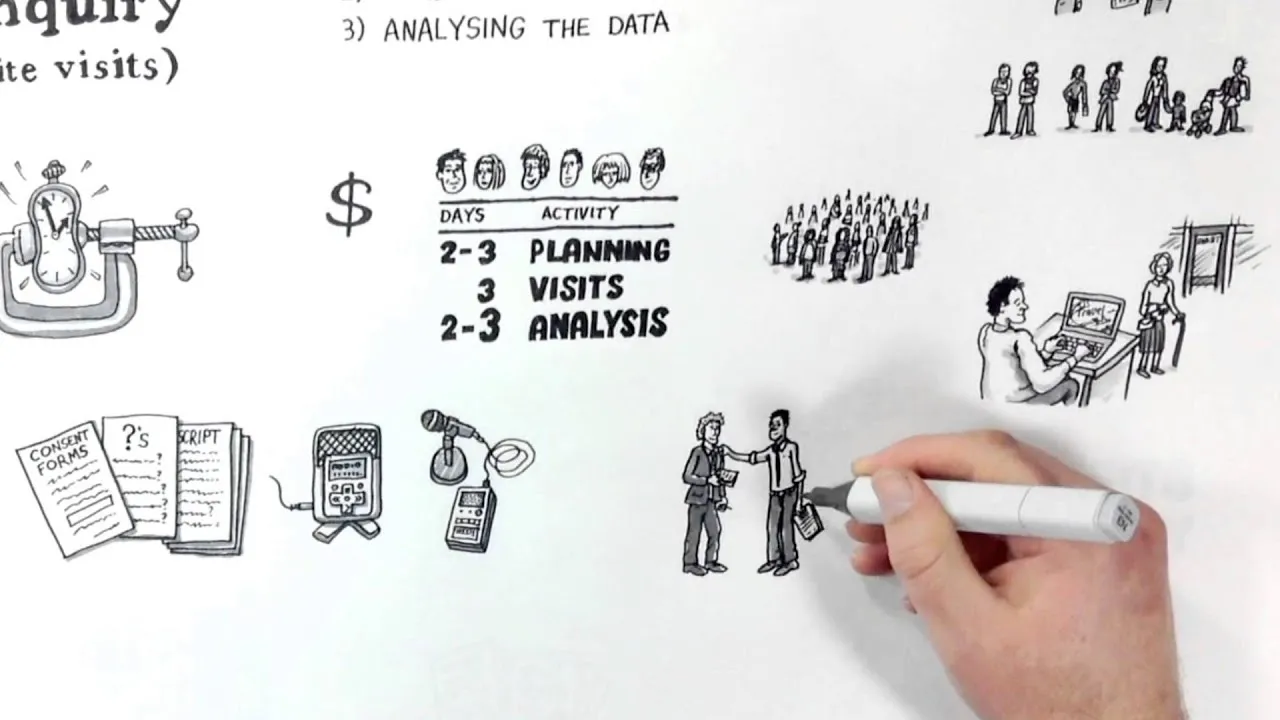
**CONTEXTUAL INQUIRY **
- is a type of ethnographic field study that involves in-depth observation and interviews of a small sample of users to gain a robust understanding of work practices and behaviors.
-There are good reasons to use contextual interviewing in your research including: The ability to reveal information and understanding that users might not be aware of. The veracity of information observing users in their natural environment tends to lead to very accurate information.
MAKING SENSE OF DATA
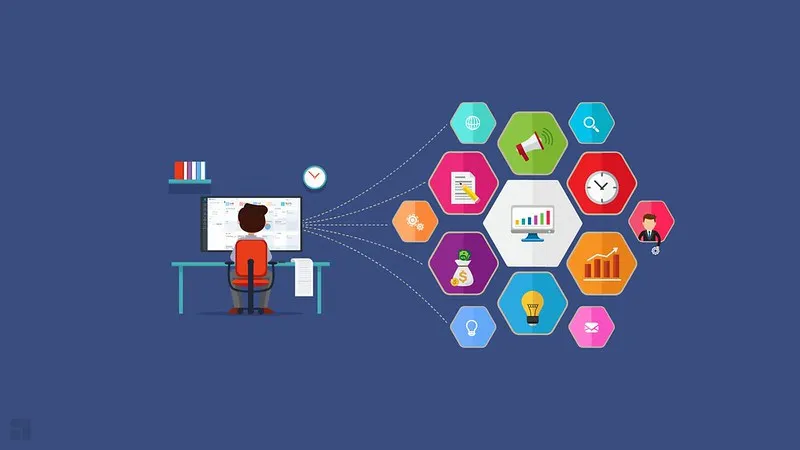
Making Sense of Data educates readers on the steps and issues that need to be considered in order to successfully complete a data analysis or data mining project. The author provides clear explanations that guide the reader to make timely and accurate decisions from data in almost every field of study. ctto.
Dynamic Prototype in Human Interaction
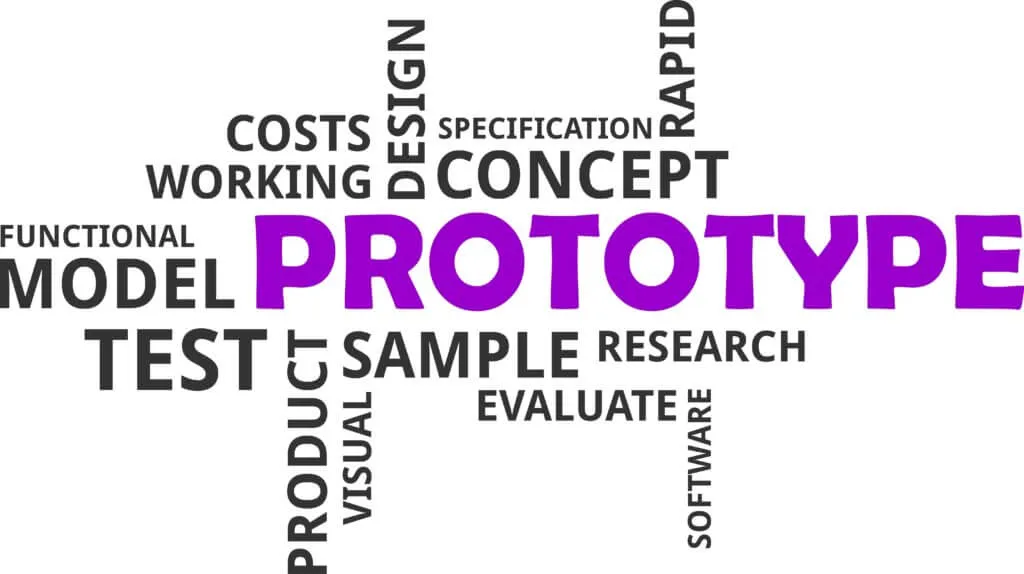
A prototype is an early sample, model, or release of a product built to test a concept or process or to act as a thing to be replicated or learned from.Software prototyping is the activity of creating prototypes of software applications, i.e., incomplete versions of the software program being developed.
The prototypes can be changed many times until a better understanding of the user interface design has been achieved with the joint efforts of both the designers and the users. Prototyping can be divided into low-fidelity prototyping, medium-fidelity prototyping and high-fidelity prototyping.
Technology and Change
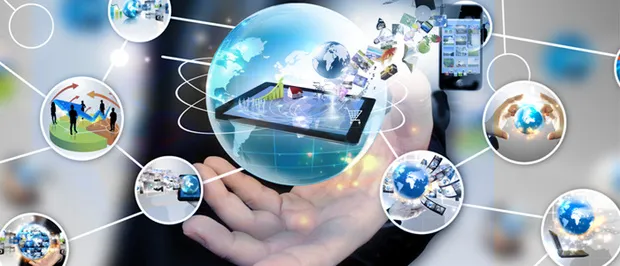
Technology is the study and transformation of techniques, tools, and machines created by humans. Technology allows humans to study and evolve the physical elements that are present in their lives .
Technology has as its main objective of making tasks easier and the solving of many problems of mankind. When technology progresses and makes our lives even more convenient and beneficial it is to our lives.
Change means to replace one thing for another or to become different.
Technological change or technological development, is the overall process of invention, innovation and diffusion of technology or processes.
As time passes by our technology changes over the years it becomes more and more enhance or it changes overtime .
Current digital systems such as computers, smartphones, tablets and laptops have evolved over time. The typewriter was replaced by digital systems such as a computer and word processing software. Telephones have evolved over time into versions that are portable such as mobile phones and, more recently, smartphones.
**Human Computer Interaction **

Human-computer interaction is a field based in the design and the use of computer technology, which focuses on the interfaces between people and computers. HCI researchers observe the ways humans interact with computers, and they design technologies that let humans interact with computers in novel ways.
HCI goals include:
-ensuring system functionality and usability, providing effective user interaction support, and enhancing a pleasant user experience. The overarching goal is to achieve both organizational and individual user effectiveness and efficiency.
Concepts of Interaction Design
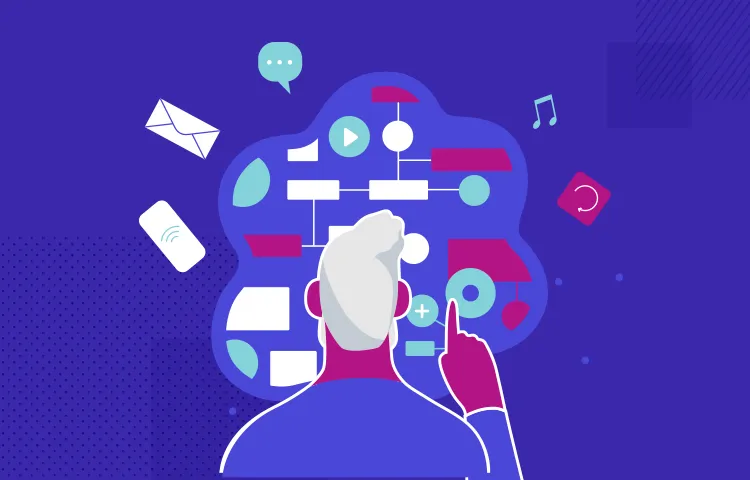
Interaction Design is the creation of a dialogue between a person and a product, system, or service. This dialogue is both physical and emotional in nature and is manifested in the interplay between form, function, and technology as experienced over time. It pays attention to five dimensions: words, images, space, time, and behaviour. The goal of an interaction designer is to create simplified experiences for users that require as little information as possible.
**
The Difference between Computer and Human-Computer Interaction**
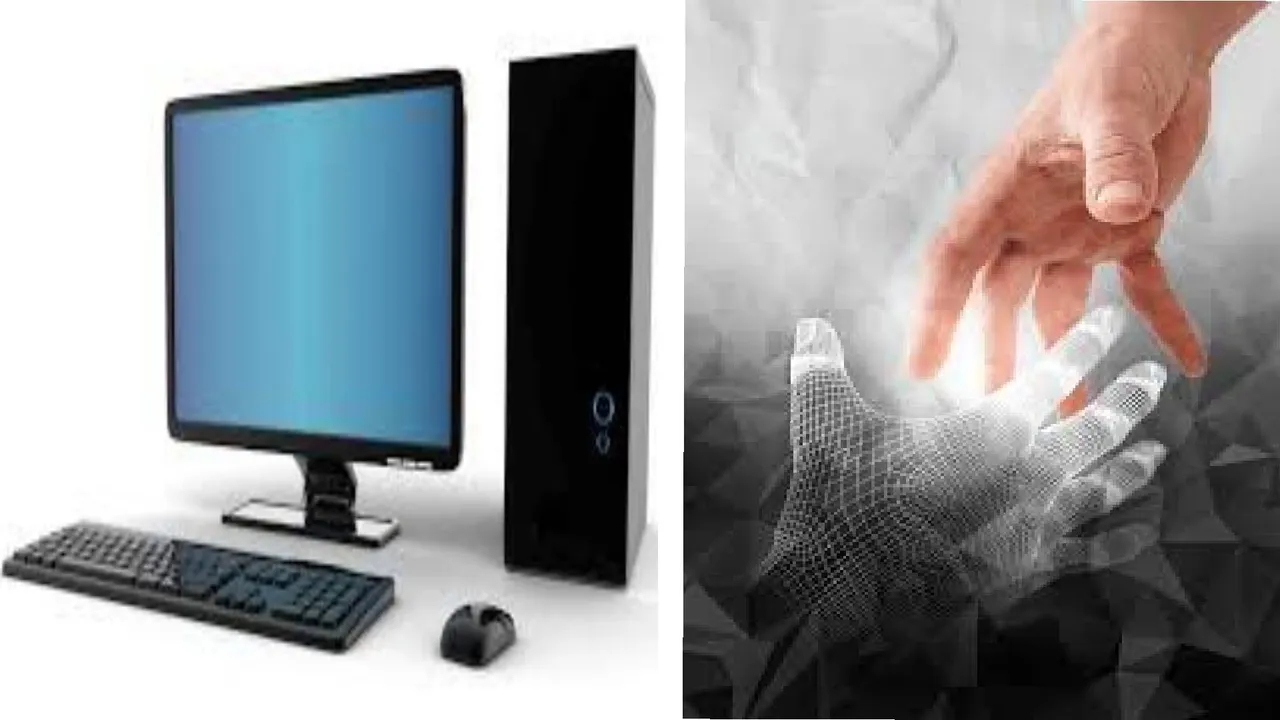
A computer is an electronic device, which stores and processes data to give meaningful information. A general purpose electronic device that is used to perform arithmetic and logical operations automatically. While Human Computer Interaction is a field based in the design and the use of computer technology, which focuses on the interfaces between people and computers.
**Data Gathering and Requirements Analysis with focus in
HCI Aspects
**
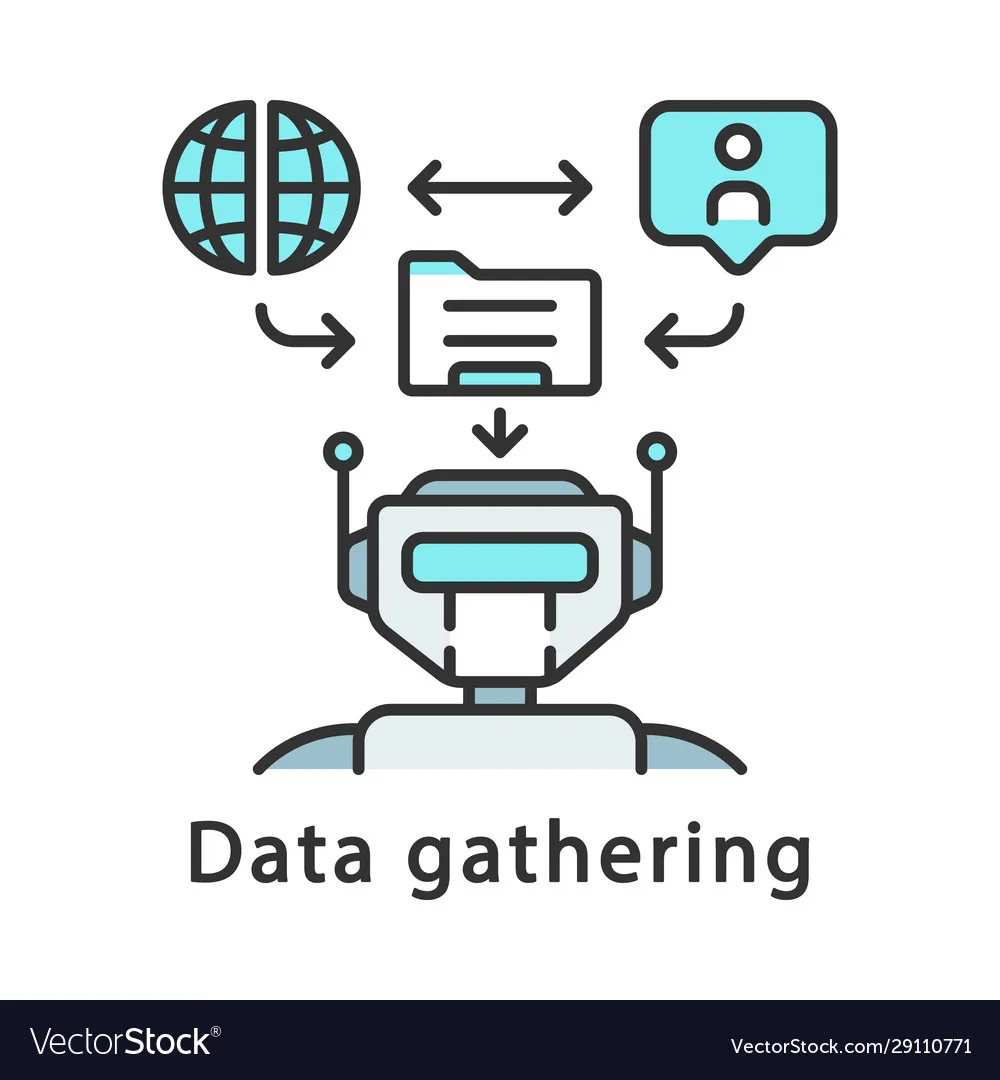
DATA GATHERING is to collect sufficient, accurate, and relevant data so that a set of stable requirements can be produced; within evaluation, data gathering is needed in order to capture users' reactions and performance with a system or prototype. ctto.
REQUIREMENTS ANALYSIS stablish the goals for the Website from the standpoint of the users and the business . Agree on the users needs and aim for usability requirements. Appraise existing versions of the Website (if any). Carry out an analysis of the competition.
-In order to optimize the interaction between a system and its users, it is necessary to be aware of user needs, user characteristics, usage contexts, previous systems, and competitive systems aspects.
Interfaces Design and Prototyping
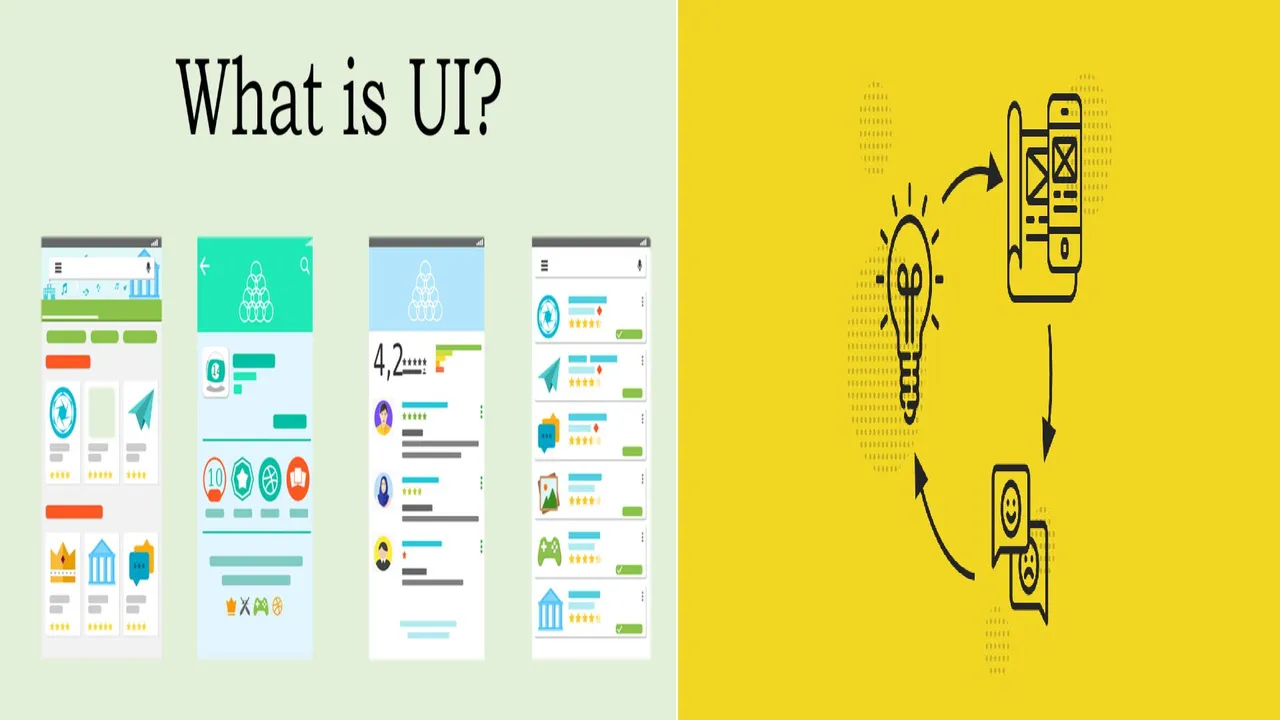
User interface (UI) design is the process designers use to build interfaces in software or computerized devices, focusing on looks or style. Designers aim to create interfaces which users find easy to use and pleasurable. UI design refers to graphical user interfaces and other forms—e.g., voice-controlled interfaces.
Prototyping defines layout, content, and type of controls and their behavior. It defines how functionality is spread across the screens.